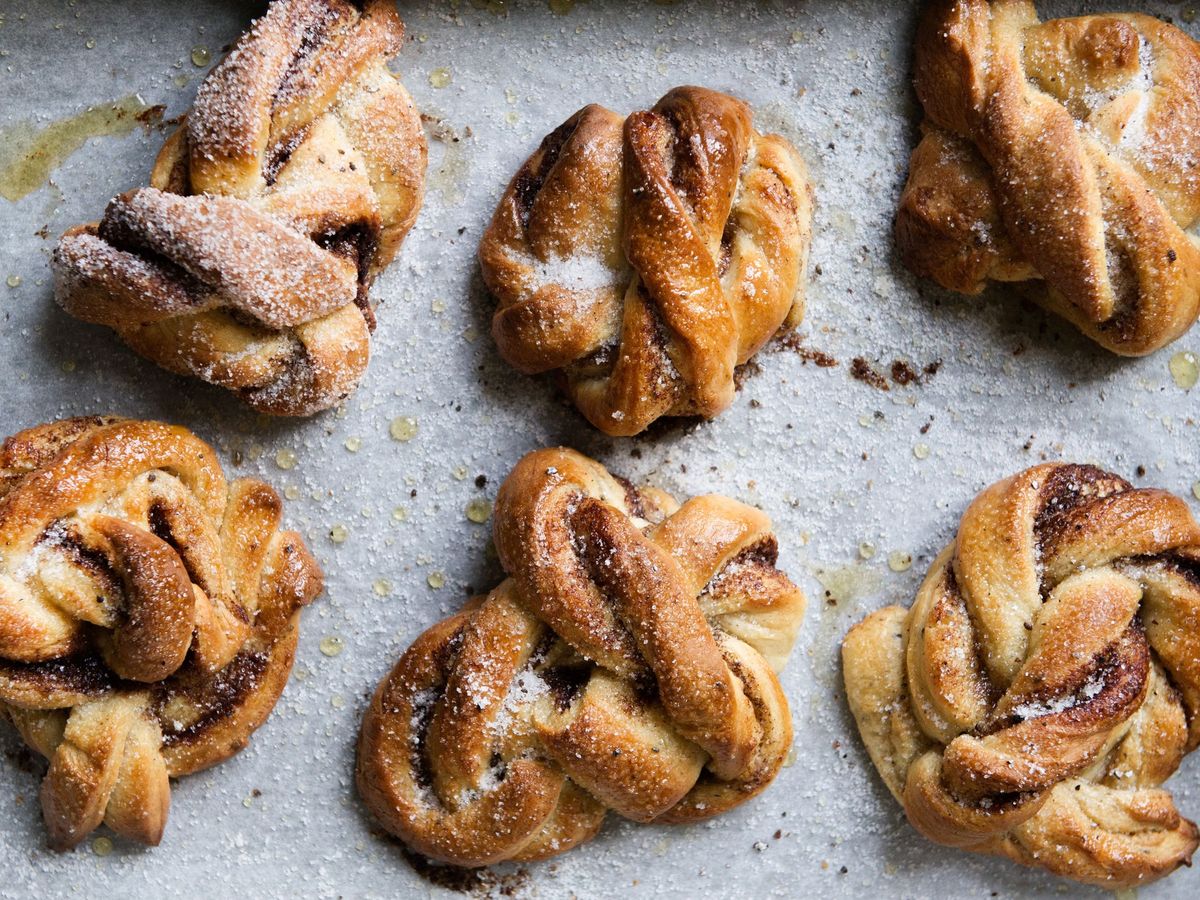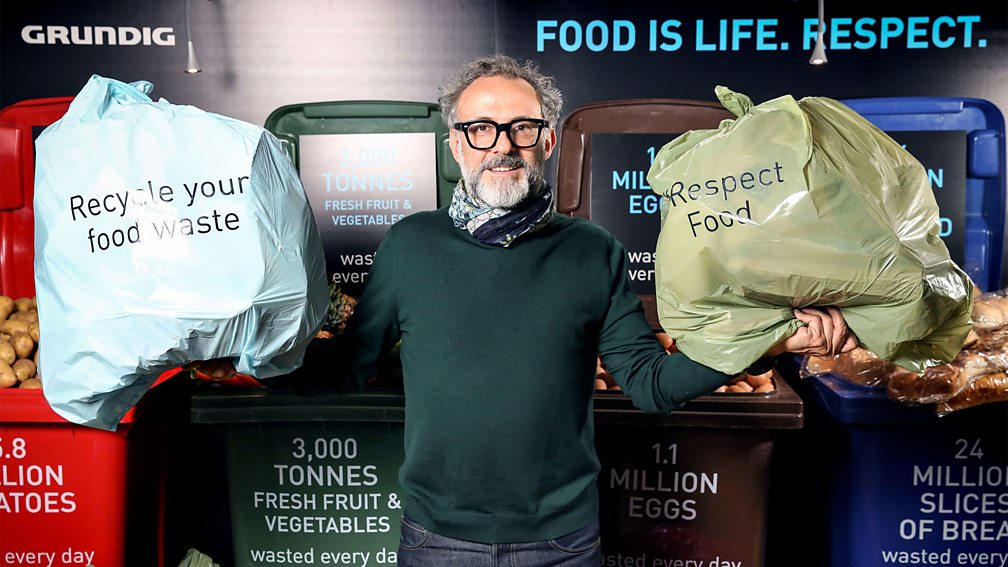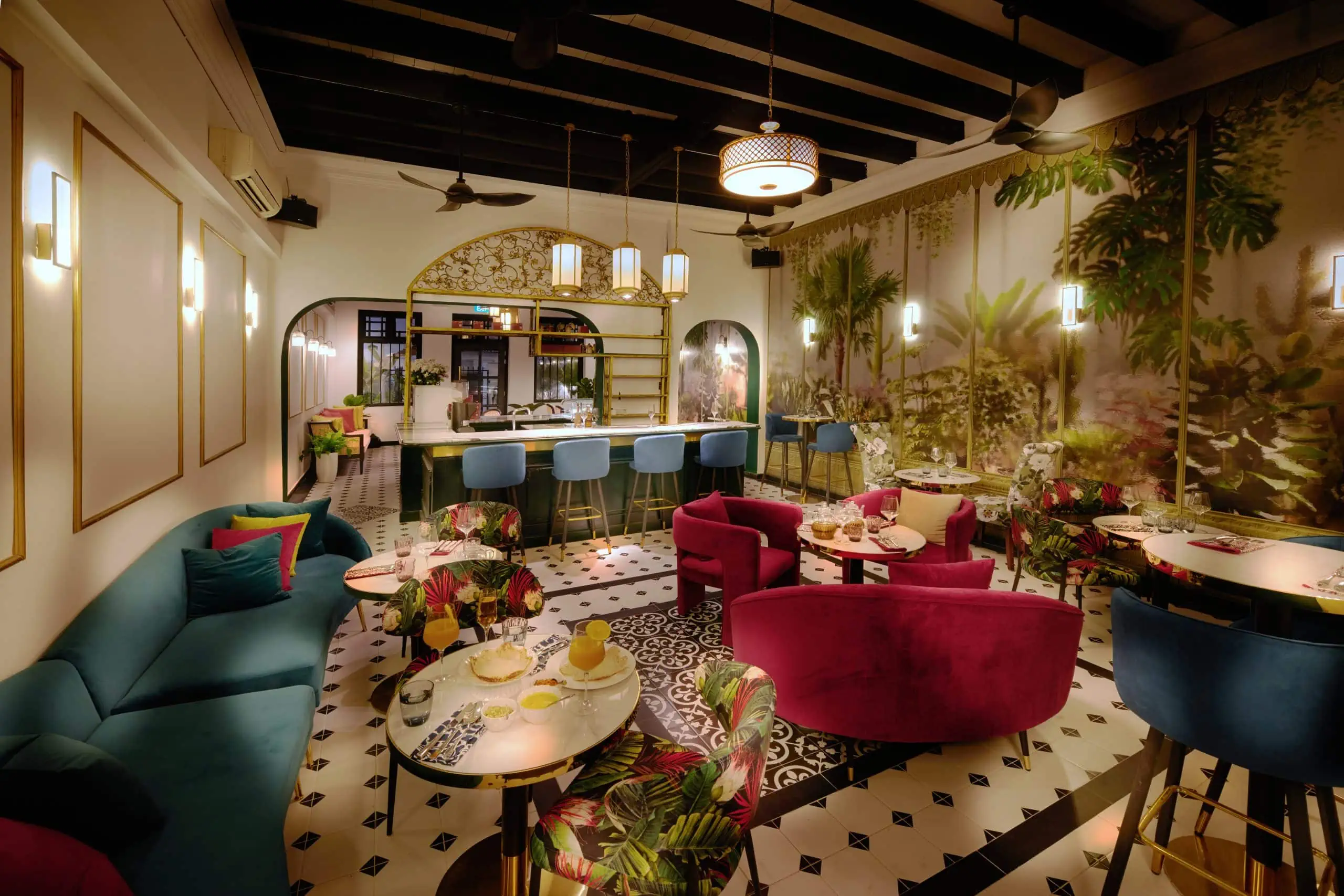Buns aren’t just bread in Sweden; they’re an essential part of life, much like croissants are to the French. You’ll find them everywhere—cafes, artisan bakeries, even your local supermarket. They’re a big deal, especially during fika, the Swedish coffee break. They even have a special day dedicated to them called Cardamom Bun Day, celebrated every 15th of May.
Cardamom Buns: A Sensory Delight
Imagine biting into a kardemummabulle (that’s a cardamom bun). The moment you see its fancy braid, coated with sugar and cardamom, you’re in for a treat. The smell of cardamom hits you as you take a closer look. One bite, and you’re experiencing textures—a crispy top hiding a soft, buttery inside. And that caramelized base? It’s a sugary, buttery delight. Oh, and the taste? Pure cardamom bliss.

Cardamom in Everything
These buns aren’t the only goodies with a hint of green cardamom. It’s a star in Swedish treats, from waffles and pancakes to kardemummakakor (cardamom cookies) and Swedish spice cake. Even Christmas gets its fair share with cardamom showing up in rice porridge, mulled wine, and Christmas drinks.
Cardamom’s Arrival in Sweden
Cardamom’s been a part of Sweden’s spice game for centuries, but it was properly noted in the country around the 16th Century. However, its journey to Sweden, all the way from its Indian roots, remains a mystery. Culinary expert Daniel Serra hints that this aromatic spice caught interest in Scandinavia for its cold-weather benefits, backed by olden-day medical beliefs.
The Spice Spread
Trade relations in the 18th Century with India, China, and the Middle East, courtesy of the Swedish East India Company, opened Sweden’s door to spices like cardamom. Initially, these spices were a rich folks’ thing, popping up in fancy recipes. But soon, with better access to baking essentials post-World War Two, the buns became a hit with everyone.
Buns Get Popular
Around the mid-20th Century, baking became more accessible in Sweden, and buns became the ‘it’ thing. Before that, they were a pricey affair. But with flour, sugar, and butter becoming cheaper, homemade pastries were no longer out of reach for ordinary folks.
The Cardamom Craze
Today, fika buns come in various flavors, but cardamom remains the go-to spice for all of them. The demand for quality handmade buns over the last three decades led to a surge in artisanal bakeries. Lillebrors Bageri in Stockholm is one such spot. They dish out about 400 cardamom buns on weekdays and a whopping 1,200 on weekends.
Crafting the Perfect Bun
At Lillebrors Bageri, it’s not just about cardamom; it’s about nailing that perfect bun texture. Soft, chewy, and flavorful—that’s the goal. According to the bakery, the secret isn’t just in the spice but in the craft of mixing the dough just right.
Beyond Sweden
Guess what? These buns aren’t just a Swedish affair anymore. Cities like Madrid, Berlin, Tokyo, London, and New York have jumped on the bun bandwagon. They’ve become a sensation across the globe, with local bakeries drawing in fans from all walks of life.
The Bun Addiction
Once you taste these cardamom-infused buns, there’s no going back. Fabrique’s Charlotta Zetterstrom confirms it—these buns have a unique taste and texture. Whether you’re in London, Stockholm, or New York, these buns are a hit. They’re soft, buttery, and downright addictive.



